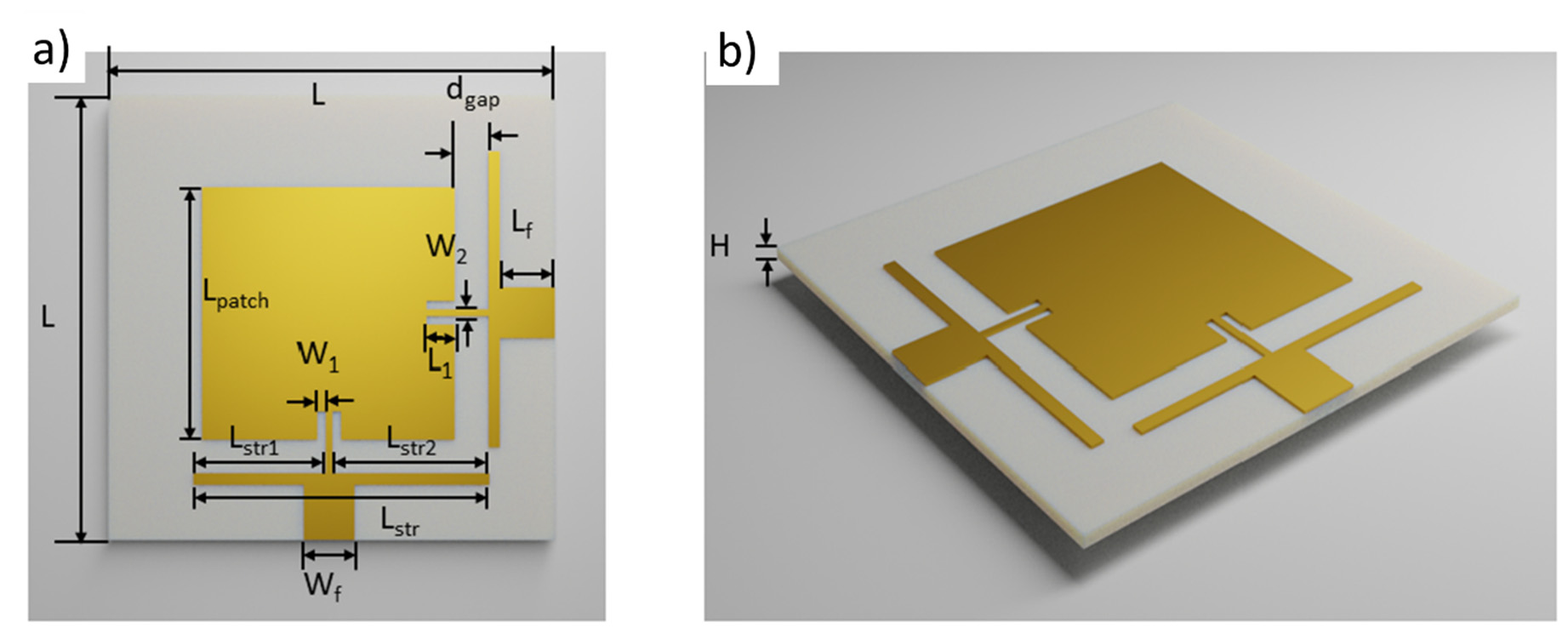ERC Designs Flexible and Highly Efficient Textile-Based Antenna
Outcome/Accomplishment
Using advanced screen-printing technology, the NSF-funded Engineering Research Center (ERC) for Advanced Self-Powered Systems of Integrated Sensors and Technologies (ASSIST) at Penn State University designed a flexible and highly efficient textile-based antenna, making it a good candidate for wearable applications.
Impact/Benefits
Wearable monitoring systems require light and flexible antennas that are also robust and highly efficient. This textile-based antenna easily conforms to an arm or a leg, making it possible to integrate into smart clothing for the transmission of health data from the body.
Explanation/Background
Advancements in printing technologies have improved the ability to manufacture flexible and wearable electronics, but a lack of flexible antennas hinders effective wireless communication and data transfer. Using enhanced screen-printing technology, the Center team designed a flexible, textile-based, and highly efficient antenna capable of operating in full duplex mode. This gives wearable electronics the ability to send and receive simultaneously in different frequencies, with a high area of signal coverage and transmitting power.
When integrated into wearable devices, the antenna has the potential to improve the ability to communicate with health monitoring systems, such as an electrocardiogram, and to allow for remote monitoring by medical professionals.
Location
Raleigh, North Carolinawebsite
Start Year
Biotechnology and Healthcare
Biotechnology and Healthcare
Lead Institution
Core Partners
Fact Sheet
Outcome/Accomplishment
Using advanced screen-printing technology, the NSF-funded Engineering Research Center (ERC) for Advanced Self-Powered Systems of Integrated Sensors and Technologies (ASSIST) at Penn State University designed a flexible and highly efficient textile-based antenna, making it a good candidate for wearable applications.
Location
Raleigh, North Carolinawebsite
Start Year
Biotechnology and Healthcare
Biotechnology and Healthcare
Lead Institution
Core Partners
Fact Sheet
Impact/benefits
Wearable monitoring systems require light and flexible antennas that are also robust and highly efficient. This textile-based antenna easily conforms to an arm or a leg, making it possible to integrate into smart clothing for the transmission of health data from the body.
Explanation/Background
Advancements in printing technologies have improved the ability to manufacture flexible and wearable electronics, but a lack of flexible antennas hinders effective wireless communication and data transfer. Using enhanced screen-printing technology, the Center team designed a flexible, textile-based, and highly efficient antenna capable of operating in full duplex mode. This gives wearable electronics the ability to send and receive simultaneously in different frequencies, with a high area of signal coverage and transmitting power.
When integrated into wearable devices, the antenna has the potential to improve the ability to communicate with health monitoring systems, such as an electrocardiogram, and to allow for remote monitoring by medical professionals.

